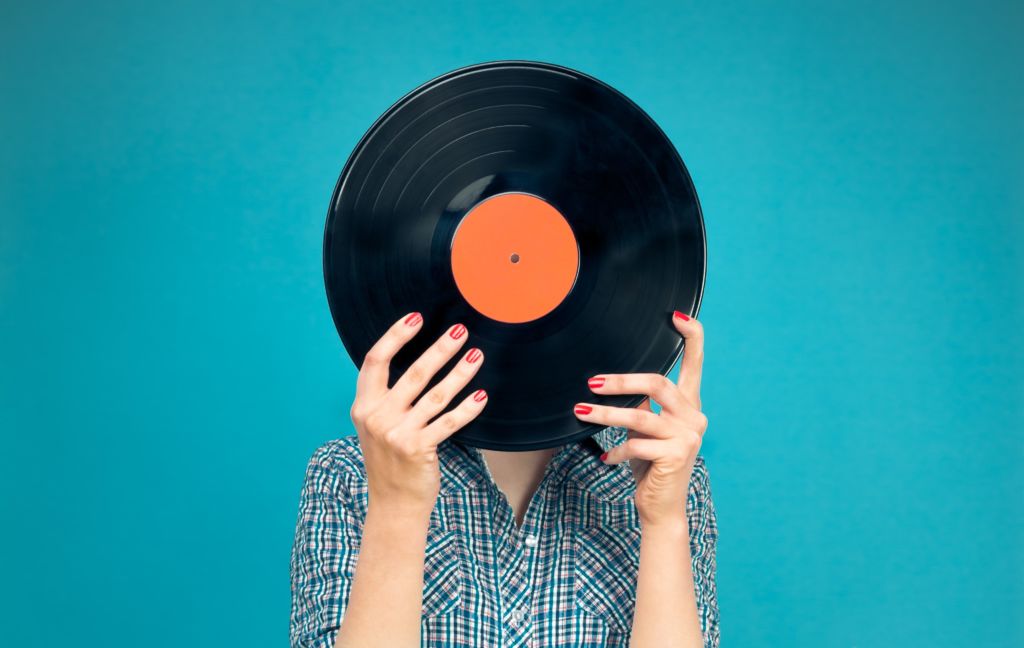People have fallen (back) in love with vinyl records. According to Nielsen, Canadian vinyl revenues grew once again in 2018 by an astounding 27% over the year prior. It’s not too late to join the record resurgence, either. In fact, with so many new albums being released on vinyl these days, now might be the best time yet to start or revive your collection.
If you’ve considered getting into vinyl, this primer will help.
Benefits of Vinyl
Sound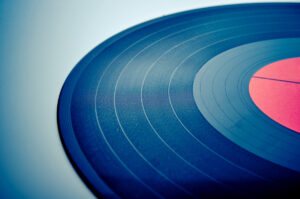
Some say vinyl captures more depth and detail than other formats. Maybe so. But only audiophiles with the best setups are likely to notice. What records definitely have is a uniquely organic sound — the occasional crackle, pop, or hiss that gives us chills and transports us back to simpler times.
Experience
“Tactile” and “mindful” are words often used to describe the vinyl experience. Unlike digital music that can play endlessly and go anywhere, vinyl is much more contained. You usually play it in just one place, probably a living room, and records must be flipped or changed regularly. And, as the record is playing, there’s still the opportunity to examine the cover, and read the liner notes and/or lyrics. Mindfulness results, especially when compared to today’s on-demand, virtual listening experience.
Getting Hands-On
These days, it seems there are fewer opportunities to get hands-on. From cars to computers, everything we use is now harder to tinker with. Not so with records. Setting up the player, placing the needle down, even feeling the heft of a physical record all make vinyl a more grounded experience.
All About Records
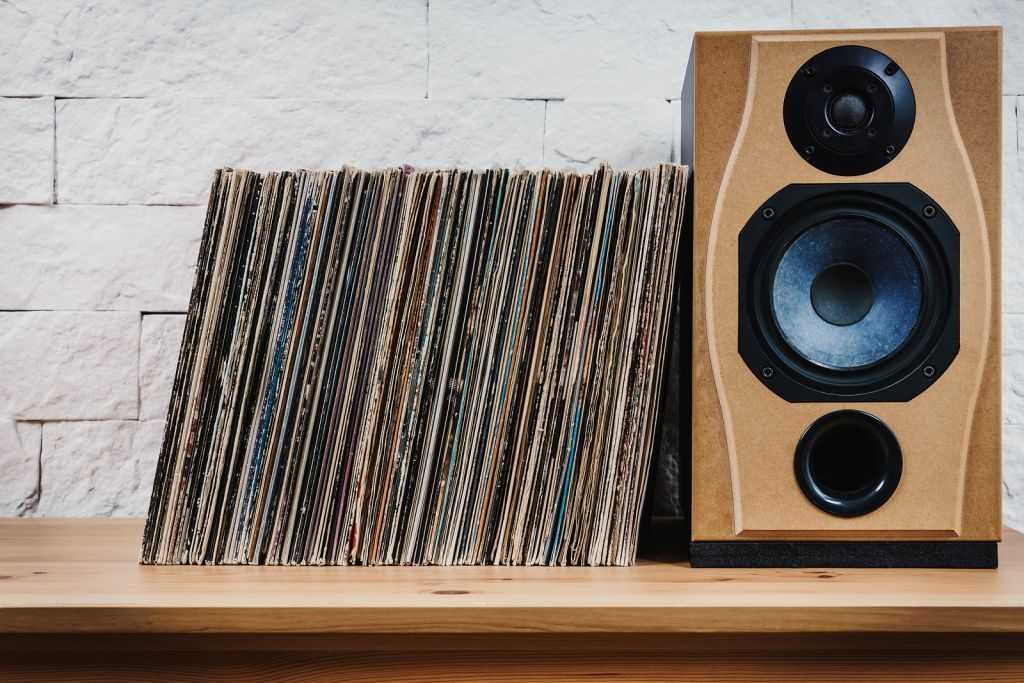 LPs vs. 45s
LPs vs. 45s
LPs are larger and more common. Lasting about 45 minutes between both sides, they are often called ‘full albums.’ 45s are smaller and play only one song per side, except extended play or EP 45s, which hold about six tracks. Most record players have settings for both record formats, but finding 45s to buy is a lot harder. If you’re lucky, someone you know (or you?) has a box of them somewhere!
Vintage vs. Modern
Nothing immerses you in music history quite like picking through vintage vinyl. At times, it can be cheaper, but not always, depending on collectibility or rareness. Especially at thrift stores and garage sales, be sure to check for visible scratches on vintage vinyl, and that the right record is actually in the box. New vinyl records, on the other hand, are guaranteed not to be scratched, available by new and older artists, and directly benefit the artists themselves. They also won’t be dusty, crusty or dirty, which is a major bonus.
Getting Out There
No matter where you buy your records, shopping for vinyl is one of the greatest pleasures of vinyl culture. Be sure to talk to the staff to see if they have recommendations and don’t forget that browsing is part of the fun! You might even meet some fellow vinyl collectors with similar tastes. Regardless, the very act of going out to buy a record — and the anticipation as you get it home — makes the joy of listening to it that much better.
Choosing a Record Player
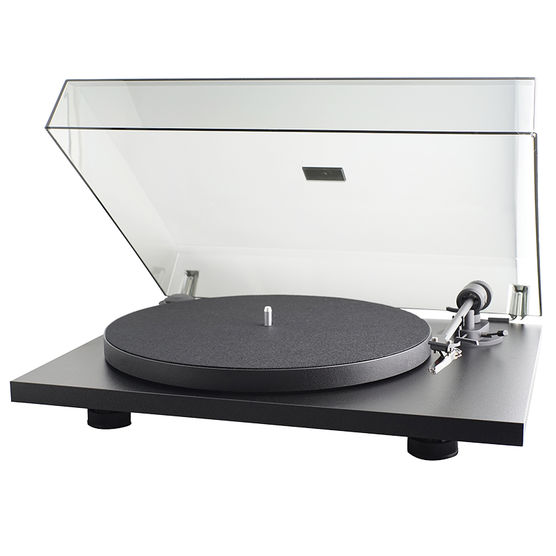 Old vs. New
Old vs. New
Similar to the vintage vs. modern records debate, there are merits on both sides. An older machine might be cheaper and its classic appeal could be satisfying if you like that sort of thing. Trouble is, it can be difficult to know how well an older turntable works until you get it home. Even then, it could break down pretty easily. New players, meanwhile, come in a range of styles and price points and typically offer a manufacturer’s warranty.
Preamps
A preamp is a small device connected between your record player and speakers. It amplifies the signal that the vinyl transfers to the record player’s needle so that your speakers can pick it up. Some record players, especially newer models, have built-in preamps. This decreases some of the challenges of setting up your system. Still, most audiophiles prefer an external preamp that can be swapped out or upgraded as needed.
Other Tips
Storage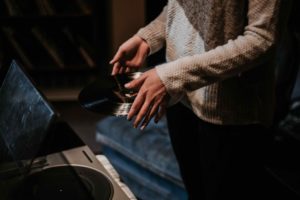
Records should be stored on one edge, inside their dust sleeves and boxes. They should never be stacked or left on the floor where their own weight or a passerby can damage them. The thing is, LPs are really heavy when enough of them are collected in one place. So it’s best to place them on a very sturdy shelf, or in a record crate. Another known vinyl killer is humidity, so try to keep your records as dry as possible.
Cleaning
No matter how careful you are, you’ll need to clean fingerprints and smudges off your vinyl at some point. This is important to do right since any substance between your needle and the vinyl will negatively affect the sound and because scratches can cause permanent damage. For these reasons, it’s best to use products designed especially for cleaning records.
Check out our full line of vinyl restoration products. London Drugs also offers vinyl cleaning services at 68 stores. Ask about it at your local London Drugs.

